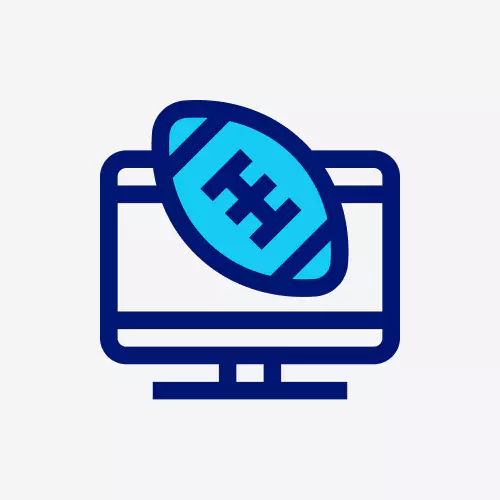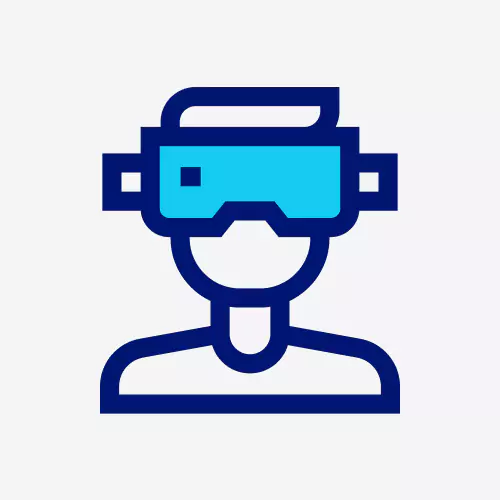
Transforming the iGaming Industry: Innovations and Software Providers in 2024
Are you ready to elevate your iGaming platform in 2024? With rapid advancements in AI, VR/AR, cryptocurrencies, and 5G, understanding these trends is essential for staying competitive. These technologies enhance





































